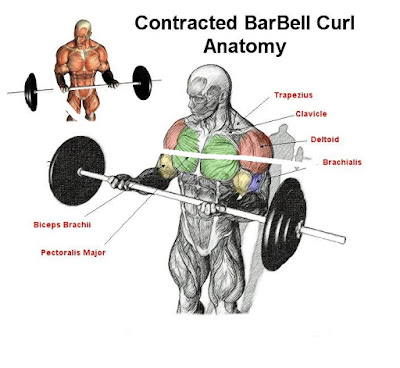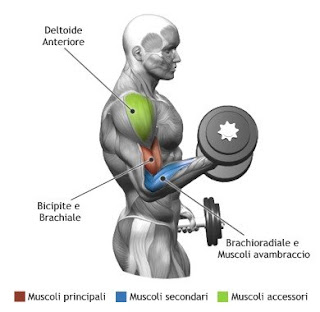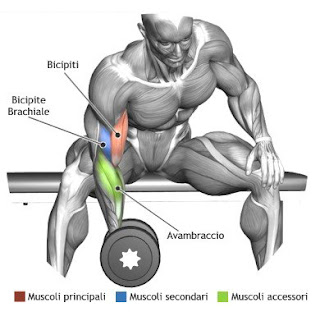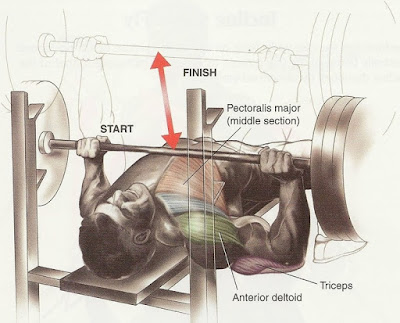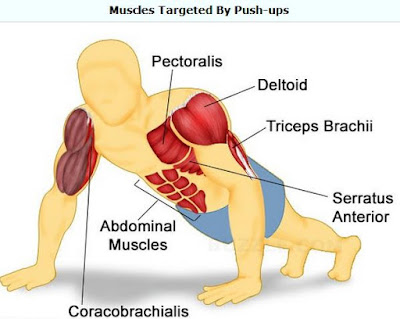This post recommends techniques for helping you manage acute and/or chronic pain. Although the causes of acute and chronic pain differ, depending on your condition on a given day, you can use similar techniques to reduce your pain.
Start by considering your pain levels both today and, if you are suffering from chronic pain, over time. By reviewing your pain levels through the course of a day, week, or month, you will begin to see patterns. To do this, you might find it useful to assign a rating to your pain and keep a journal of pain levels that you can periodically review. To get a better picture of how pain is affecting your entire being, you could also note your stress levels and your predominate mood. You can then use all this information to guide you to practice differently on different days.
For chronic pain, on high pain days, start or stay with gentle poses, relaxing breath practices, and meditation. If your pain is very severe, focus on relaxation and breath practices, and maybe imagine the poses. And on low pain days, try carefully increasing the intensity of your practice.
For acute pain, if your pain is tolerable, this is a good time to practice asanas, which will increase oxygen flow to brain and muscle tissues, and release held tension from the muscles. But if your pain is severe, you should focus solely on relaxation and breath practices.
For everyone, practicing stress management on a regular basis is very beneficial, as reducing stress levels can lower pain levels. We will compare and contrast some of the techniques below.
How Often to Practice. For chronic pain, it is important to have rest days, where you are practice only restorative or extremely gentle poses, or skip the asana portion of your practice entirely. So we recommend that you practice more actively 3 to 4 times a week, and at least do breath practices and meditation on your resting days, if possible.
For acute pain, follow a similar schedule. Because acute pain will ideally resolve more quickly, as your pain subsides and your functioning returns to normal, you can gradually increase your practice days to 5-6 days a week.
Balanced Practice. We recommend that your active practice be a well-rounded one, including yoga poses from all the basic groups (as long as they are appropriate for you unique pain situation), in both dynamic and static variations. In addition to your poses, try to include breath work, resting poses, and mediation. Because down-regulating your sympathetic nervous system is so beneficial for pain management, we recommend that at least 25 percent of your practice be devoted to breath work, restorative poses and/or meditation.
For both types of pain, always begin your asana practice with gentle poses. Start with simple movements that improve breathing, such as Cat-Cow pose, seated or standing side-bends, and arm range-of-motion actions. Then, if you are feeling up to it, add in more active asana, dynamic or static, such as Arms Overhead pose, Warrior 1 and 2 poses, Downward-Facing Dog pose, and Locust pose, and any other basic poses that work well for your particular condition. Finish up with one or more relaxing restorative poses, such as Easy Inverted pose, Legs Up the Wall pose, Supported Child’s pose, or Supported Relaxation pose.
Dynamic Poses. Use dynamic poses either to create a balanced practice or to address a particular area where you have pain. When you first try a dynamic pose that may stimulate the area of your pain, move slowly and mindfully in and out of the pose. If this movement stimulates pain, modify it so you come up to the edge of pain without fully triggering your pain response. When you find a way to practice that feels safe, you can move at a pace that feels good to you, be it slower or slightly faster.
Static Poses. Use static poses to stretch areas that are stiff and tight, and, if you have chronic pain, that may have developed limited mobility as a result of pain. Focus on the particular flexibility poses that will gently stretch your tight areas. For example, if you have low back pain and are tight in the backs of your legs, Reclined Leg Stretch could be a good choice.
Also use static poses to strengthen muscles that have been become weak due to lack of use. For example, chronic low back pain often results in weakness for the lower back muscles. Focus on strength building poses that will gradually build strength in your weak areas, For example, for weak lower back muscles, choose poses that builds back strength, such as Locust pose, to regain lost strength.
As you work with both flexibility and strength building, practice mindfully and note if these poses also begin to reduce pain levels. If they do reduce pain levels, continue practicing the poses and gradually add in other similar poses. However, if they don’t reduce your pain levels, try reducing the time in each pose or consult with an experienced teacher to help you re-organize your practice choices.
For acute pain with no history of chronic pain, practicing strengthening poses is less important, because it takes time for weakness to develop. However, if the acute pain becomes chronic, we recommend adding strengthening poses to your practice to help prevent weakness from developing.
Breath Practices. You can use any breath practice you find helpful. Generally, we recommend starting with calming breath practices, such as:- gently lengthening both inhalation and exhalation
- 1:2 ratio breathing
- alternate nostril breath
When you reach a point where you are working on stress hardiness or active strength building practices, you could try adding in a few more stimulating practices, such as 2:1 ratio breathing or Kapala Bhati, as these practices can help energize your body and mind, contributing to your strength and endurance.
Restorative Poses & Focused Relaxation. All forms of focused relaxation are helpful for reducing stress. However, if you are in acute or severe pain, you may find recorded guided versions are easier to focus on, as your mind will be more attentive to the recording than your own attempts at moving your focus away from pain.
In general, start with a comfortable relaxation pose, from simple Savasana (Relaxation pose) to any form of supported Savasana, or any symmetrical restorative pose. Then practice any conscious relaxation technique that works for you, such as simple breath awareness, a body scan or guided imagery, or the rotation of consciousness portion of yoga nidra.
Meditation. For both acute and chronic pain, you can practice any form of meditation, from simple breath awareness to more formal practices that cultivate feeling of kindness towards your self. We especially recommend meditating on an image in your mind that is calming and joyful or a color that is peaceful and pleasant, or using the formal Vipassana Metta meditation (Loving Kindness Meditation). To get a handle on how much of your mental energy is going to thinking about your pain versus other topics, you can try simply observing your thoughts. Experiment with these various different techniques to see what works best for you (see Yoga Meditation Techniques).
Imagining Asana. For those with chronic pain, on days when you don’t feel up to moving, imagining you are doing an asana actually prepares your body to move with greater ease and comfort when you are ready to move again. To prepare yourself to do this, you may want to rehearse this technique on a low pain day while you are actively practicing. For example, as you using whatever method you normally use to practice, whether using a sequence from a book, a video, or an audio recording, or creating your own sequence, after each pose, stop, close your eyes, and do the pose or mentally, as a way of memorizing it. Then, the next day, try out a short practice mentally. As you improve at this technique, you will be able to easily access the mental practice on the days you don’t feel up to moving.














